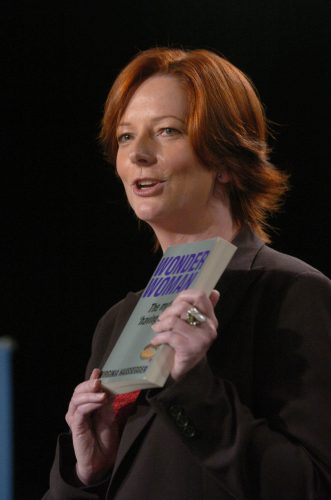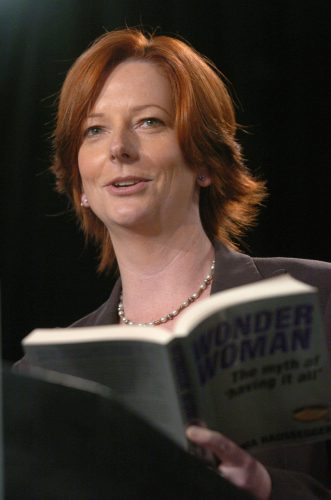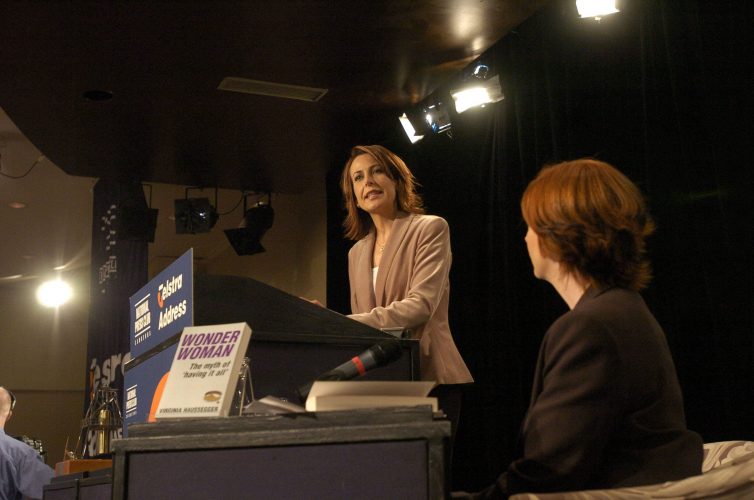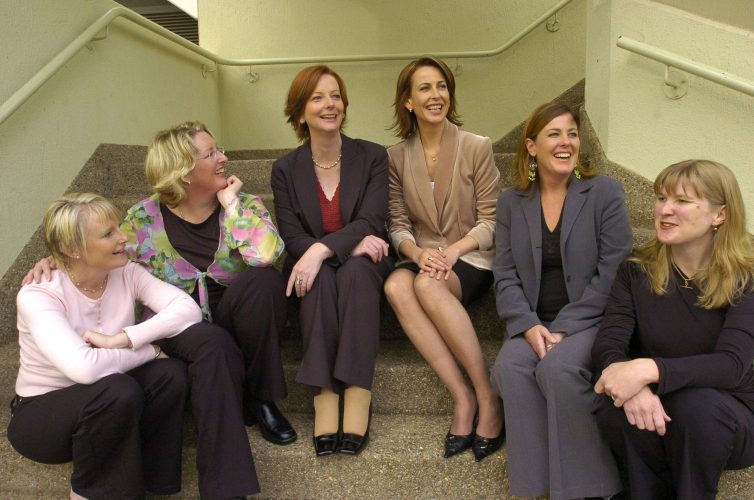It is impossible to look at close up footage of Dennis Ferguson without feeling a toxic mixture of emotions. All of them painful: anger, shock, hate. And yet, at the same time, it’s hard to take our eyes off him. The face of evil — in its human manifestation — is both grotesque and fascinating.
To see Australia’s most notorious pedophile squirm under questioning from Liz Jackson during Monday’s Four Corners program was riveting.
Ferguson’s crimes of sexual abuse, molestation and sodomy of children as young as six have been well documented in the media, and I have no stomach to repeat the details. But his perverse lust and infamy have made him a well-hounded figure around the country since he was released from jail. As we’ve witnessed in ugly scenes on the evening news, every neighbourhood in which Ferguson has tried to settle has smoked him out with vigilante style gatherings outside his house.
Before the NSW Government passed a law to evict him, the Sydney neighbourhood that Ferguson had snuck into rallied hundreds of people to protest against a pedophile living in their midst. A makeshift coffin was delivered to his front door, along with written death threats and a noose, while awkward police officers shuffled about and asked the crowds to disperse. But this was relatively polite and orderly in comparison to earlier scenes in Queensland. There public meetings ended in tears, with howling children scared out of their wits by all the talk of a molesting monster living down the road. The lynch mob that kept vigil outside Ferguson’s bunker was deadly serious.
Had the police not stepped in, it’s possible Ferguson would have been chopped to pieces.
Australia hates pedophiles. No other crime seems to enrage and revolt the Australian public as much as pedophilia. In fact, you could say our collective disgust of pedophilia is one of the few things all Australians agree on. You could say that – but you’d be wrong.
A pedophile like Ferguson, who presents as a grubby, uneducated simpleton, is hated. But a pedophile such as revered artist Donald Friend, whose highly acclaimed work hangs in galleries around Australia, is not.
It’s a national conundrum. Or is that “penumbra”? The head curator of Australian art at the Art Gallery of NSW, Barry Pearce, says Friend’s pedophilia puts him “on the light side of penumbra”. Interestingly, he goes on to say: “But if you get into the dark side of (pedophilia), it is revolting, a disgusting part of the human condition, almost inexplicable to us and we are all afraid of it.” So it would seem that pedophilia — for Pearce at least — has a light and dark side and a whole lot of grey matter in between. This complex “penumbra” and the issue about whether or not pedophile activity is acceptable, or forgivable, within artistic circles has been raised once again with last week’s screening of a documentary film, Loving Friend, at the Canberra International Film Festival. Melbourne film maker Kerry Negara tackles head on Donald Friend’s flagrant pedophilia during his time living in Bali, back in the ’60s and ’70s.
Friend died 20 years ago, having never been charged or convicted of having sex with minors, even though he wrote quite freely about it in his diaries. He openly describes his delight in the “innocent animal horseplay of an erotic nature”, with children as young as 10, which “became something of an orgy”. He muses that his little houseboys had “no inhibitions at all about a little session of sodomy”. In publishing the diaries, the National Library made the brave and correct choice to not edit out or censor Friend’s own descriptions of his sexual trysts with Balinese boys.
But when the final volume was released in 2006, containing explicit sexual material in which Friend seemed to enjoy outing himself as an incurable pedophile, there was hardly a ripple of a murmur. Certainly there was no suggestion of indecency. No anti-pedophile crusaders stormed galleries demanding Friend’s paintings of the nude little boys he sodomised be taken down.
Negara, whose own children are part Balinese, was outraged that the art world seemed to be ignoring — or at least excusing — the actions of a self-declared pedophile, simply because he was a great artist and a well-loved bohemian.
In her film, there’s no shortage of art historians and friends of the artist who blithely forgive, or even deny Donald Friend’s well-documented behavior. One art historian, James Murdoch, even suggests Friend was not at fault because the young boys he had sex with had in fact “seduced him”. Negara’s film has not had a commercial or television release, and probably won’t get one. The issue it tackles is just too hot. Which leaves one wondering how we make sense of a society that will bay for blood outside Dennis Ferguson’s door, and yet sip champagne and toast the memory of a pedophile artist who was brilliant with a brush.
What is that “penumbra”? And why is it so artfully complex?





